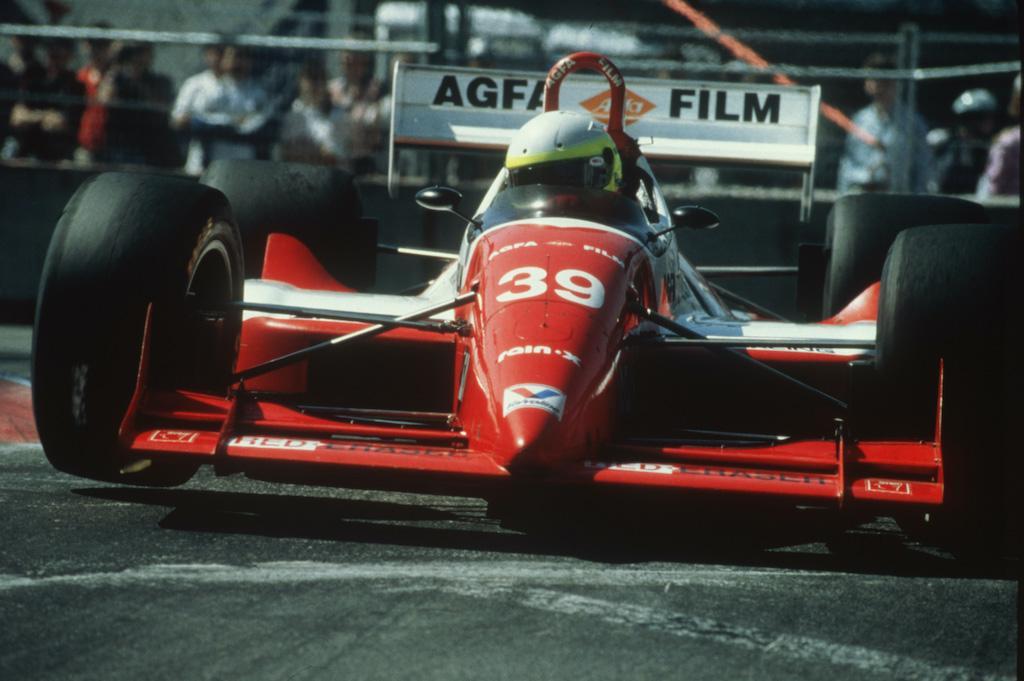
Previous sections of this article series covered why compartmentalization can help focus and cockpit distractions.
I've kept this technique to myself all these years. I thought it was a personality flaw of mine that required the crutch. How can a real jet pilot fall into a trance less than a minute from landing? Over the years, I've noticed other pilots “zone out” at the worst possible moments and had to snap them out of it. “Hey, you okay?” But still, I kept my technique to myself.
Nearly 40 years later, speaking to a group of aircraft owners and pilots, I shared the stage with professional race car driver and performance coach Ross Bentley. He spoke about having to snap himself into the moment, even while driving 200 mph in a car that rivaled the speed of our T-37B, only without an ejection seat.
In his book, “Performance Pilot,” Bentley writes about overcoming negative thoughts and sharpening focus prior to a demanding task. He recommends having a thought ready to snap you into the frame of mind needed at the most critical times. He calls these “Pre-Planned Thoughts,” or PPTs. It could be something as simple as “smooth and confident.” When distracted, say your PPT to yourself to get back into the zone. I was stunned. It was my technique used to good effect outside of aviation.
After the flight where I fixated on the deviation needles in the T-37, I started telling myself, “I am in approach mode now,” just as the glide slope needle started to move and once again as I settled onto the glide path. Keep in mind this was before I ever touched an airplane that could fly a coupled approach or graduated to a cockpit with a button that said “Approach.” I was putting myself into approach mode. This has always served to remind me that I need to focus on the task at hand, flying an approach down to minimums.
“I am in approach mode now.” That is my PPT. It reminds me to get back to the basics of placing 90% of my focus on the aircraft’s attitude and dividing the rest of my scan on course and heading, altitude and vertical path, airspeed and thrust. Whatever was distracting me before is gone because I am in approach mode now.
Compartmentalize Critical Phases of Flight
How do you maintain focus for several hours? My longest flight strapped to a pilot’s seat was about 20 hr. in an Air Force Boeing 707. I’ve done 14 a few times in a Gulfstream V, but with an augmented crew. How do you shake yourself into really concentrating for the last 10 minutes of flight, when you’ve been flying for 10 hrs. and have been on duty for 14?
When the first studies came out, we military aviators thought of compartmentalization to include a compartment for flight, and one or more compartments for everything else. But the flight compartment has become so large (aircraft control, navigation, communications, surveillance, etc.) that you can no longer focus on the entire compartment. I think we need compartments within that very large compartment. And for the most intense compartments, we need PPTs.
Figure out what PPTs speak to you. Along with “I am in approach mode now,” I use one other. Prior to every takeoff I say to myself, “I am a jet pilot now.”
Silly? Perhaps. But for me, these PPTs are effective.
The Air Force and Navy studies identified stressors that can distract an aviator from the need to focus on flight: personal, family, social and work-related problems. I believe we aviators can improve our ability to focus on flight by placing each of these stressors into their own compartments. In future articles, we’ll examine each stressor. In so doing, we not only make ourselves into safer aviators, but improve our lives in those compartments as well.





Comments
That’s my PPT for every phase.